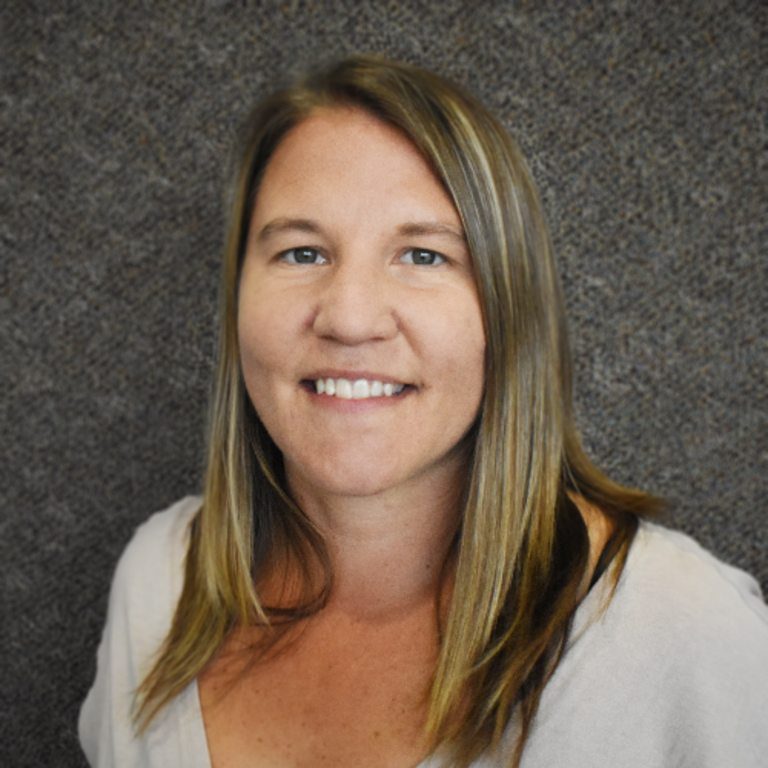Lara Noldner, M.S., Ph.D., RPA
Lara Noldner achieved her Bachelor degree in Anthropology from the University of Wyoming in 2006, and her Master and Ph.D. in Anthropology, specializing in Bioarchaeology, from the University of New Mexico (UNM) in 2008 and 2013, respectively. At UNM, she was primarily employed by the Maxwell Museum of Anthropology's Laboratory of Human Osteology, documenting human osteological collections and gaining experience in implementation of the Native American Graves Protection and Repatriation Act (NAGPRA). Lara's graduate and current research focuses on how the human skeleton responds to biomechanical forces and what skeletal signatures of habitual activity can add to our knowledge of past communities. At the OSA, her scholarly work has shifted toward bioarchaeology and mortuary practices in the Midwest and is closely tied with cultural resource management and collaboration with descendant communities. She serves as liaison to the OSA's Indian Advisory Council, is a board member of the Iowa Archeological Society, and member of the Association of Iowa Archaeologists.
As Bioarchaeology Director, Lara's primary responsibility is seeing to the protection of ancient human remains and burial sites in Iowa, implementing both state and federal legislation. This means working closely with Native American advisors, documenting known burial sites and human remains in collections, investigating inadvertent discoveries of ancient human skeletal remains, facilitating repatriations and reburials with descendant communities, working with developers so that burial sites are not disturbed by construction projects, and promoting the importance of burial site stewardship. She is also an Adjunct Assistant Professor with the UI Anthropology Department, teaches an introductory seminar on Biological Anthropology, and manages the cadaveric, partially documented University of Iowa Stanford Collection.
Contact Lara with inquiries and information about both documented and possibly undocumented burial sites (including mounds and pioneer/family cemeteries), best practices for avoiding impacts to burial sites where development is planned, and inquiries regarding the repatriation process and state (Iowa Code Ch263B.7-9, 523I.316.6, 716.5 and 685-11.1) and federal (NAGPRA 43 CFR 10) legislation pertaining to ancient human remains.
- human skeletal signatures of habitual biomechanical activity
- precontact Midwest mortuary practices
- descendant community collaboration
